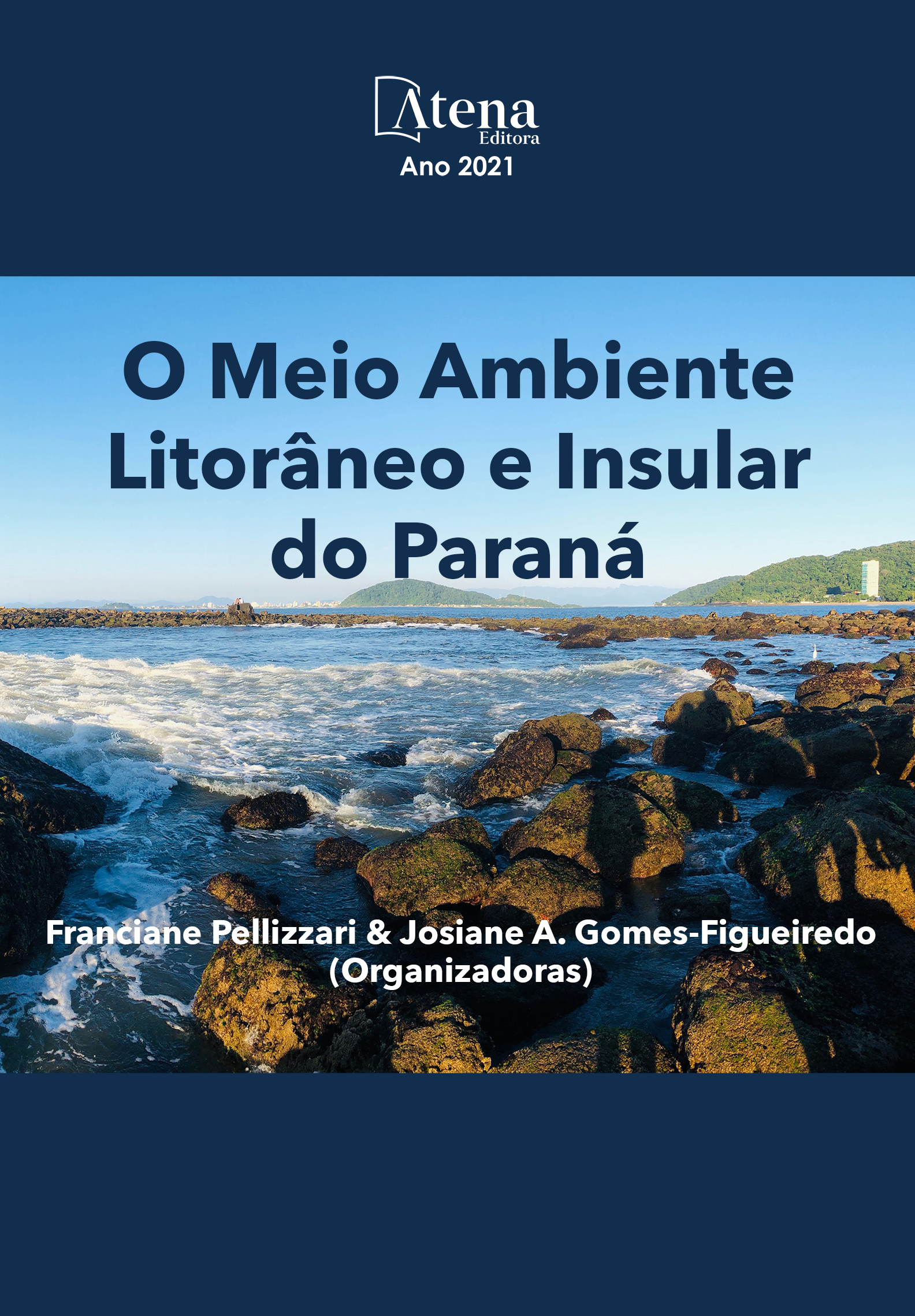
11. OS MANGUEZAIS DO PARANÁ: RESILIÊNCIA FRENTE AO COMPROMETIMENTO DE SUAS FUNÇÕES E SERVIÇOS ECOSSISTÊMICOS
O ecossistema manguezal fornece inúmeros serviços ecossistêmicos ofertando importantes benefícios às populações humanas, tais como produzir alimento, proteger a zona costeira contra eventos extremos, reter sedimento e reduzir processos erosivos em áreas estuarinas, sequestrar e estocar carbono, além de ser importante área de atividades recreativas, entre outros. O Brasil possui a 2a maior área de manguezal do mundo. Entretanto, esse ecossistema tem sido ameaçado por intervenções humanas, incluindo poluição, aterros, alterações hidrológicas, conversão para aquicultura, desmatamento, atividades portuárias e industriais. Os manguezais do Paraná fazem parte do Mosaico de Unidades de Conservação do Lagamar, da Reserva da Biosfera da Mata Atlântica e do Sítio do Patrimônio Mundial Natural, além de dois sítios Ramsar de importância internacional, por sua grande diversidade biológica e cultural. Apesar disso, trechos de manguezais paranaenses têm sido fragmentados e reduzidos por atividades antrópicas, as quais têm ameaçado a oferta de seus serviços ecossistêmicos, os quais têm sido cada vez mais demandados pela humanidade. Manguezais são ecossistemas extremamente resilientes, os quais têm a capacidade de retornar com suas funções e benefícios. A manutenção da saúde dos manguezais garante qualidade de vida às populações humanas do Paraná assim como a de todo o planeta.
11. OS MANGUEZAIS DO PARANÁ: RESILIÊNCIA FRENTE AO COMPROMETIMENTO DE SUAS FUNÇÕES E SERVIÇOS ECOSSISTÊMICOS
-
DOI: 10.22533/at.ed.75021050711
-
Palavras-chave: conservação, impactos antropológicos, impactos naturais, mudanças climáticas
-
Keywords: conservation, anthropological impacts, natural impacts, climate change
-
Abstract:
Mangrove ecosystem provides uncountable ecosystem services which offer important benefits to human populations, such as food, protection of coastlines from storm impacts, helping to retain sediment and reducing erosion in estuarine areas, sequestration and storage of carbon; in addition to provide opportunities for leisure and recreation, and so forth. Brazil has the 2nd largest mangrove area in the world. However, this ecosystem has been threatened by human intervention, including pollution, landfills, hydrological changes and conversion to aquaculture, deforestation, port, and industrial activities. Mangroves of Paraná are part of the Mosaic of Protected Areas of Lagamar, the Biosphere Atlantic Forest South-East Reserve and the World Natural Heritage Site, yet two Ramsar sites of international importance, due to their great biological and cultural diversity. Despite this, mangrove areas from Paraná have been fragmented and reduced due to human activities, which have decreased the offer of ecosystem services, while they have been increasingly demanded by humanity. Mangroves are extremely resilient ecosystems, which can return with their functions and benefits after disturbances. Healthy mangroves support human well-being for adjacent coastal communities of Paraná as well as it does in the whole planet.
-
Número de páginas: 17
- Marília Cunha-Lignon
- Sarah Charlier Sarubo


